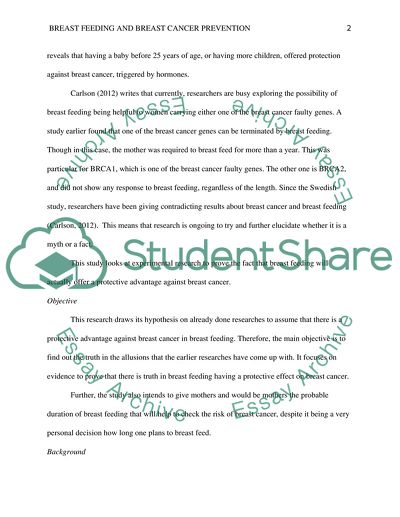Cite this document
(“Breast Feeding and Breast Cancer Prevention Research Proposal”, n.d.)
Retrieved from https://studentshare.org/nursing/1590311-evidence-baced-practice-on-breast-feeding-and-prevention-of-breast-cancer
Retrieved from https://studentshare.org/nursing/1590311-evidence-baced-practice-on-breast-feeding-and-prevention-of-breast-cancer
(Breast Feeding and Breast Cancer Prevention Research Proposal)
https://studentshare.org/nursing/1590311-evidence-baced-practice-on-breast-feeding-and-prevention-of-breast-cancer.
https://studentshare.org/nursing/1590311-evidence-baced-practice-on-breast-feeding-and-prevention-of-breast-cancer.
“Breast Feeding and Breast Cancer Prevention Research Proposal”, n.d. https://studentshare.org/nursing/1590311-evidence-baced-practice-on-breast-feeding-and-prevention-of-breast-cancer.


